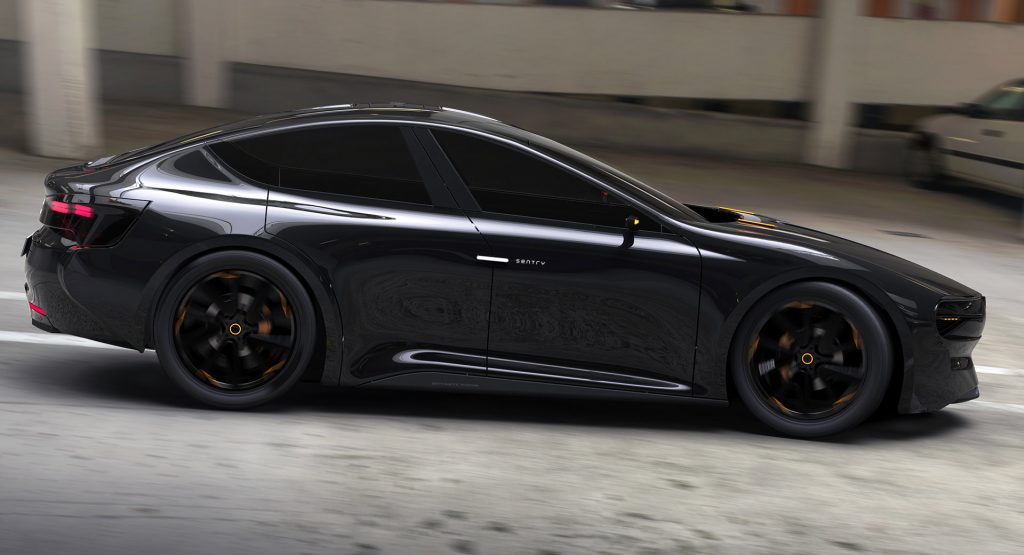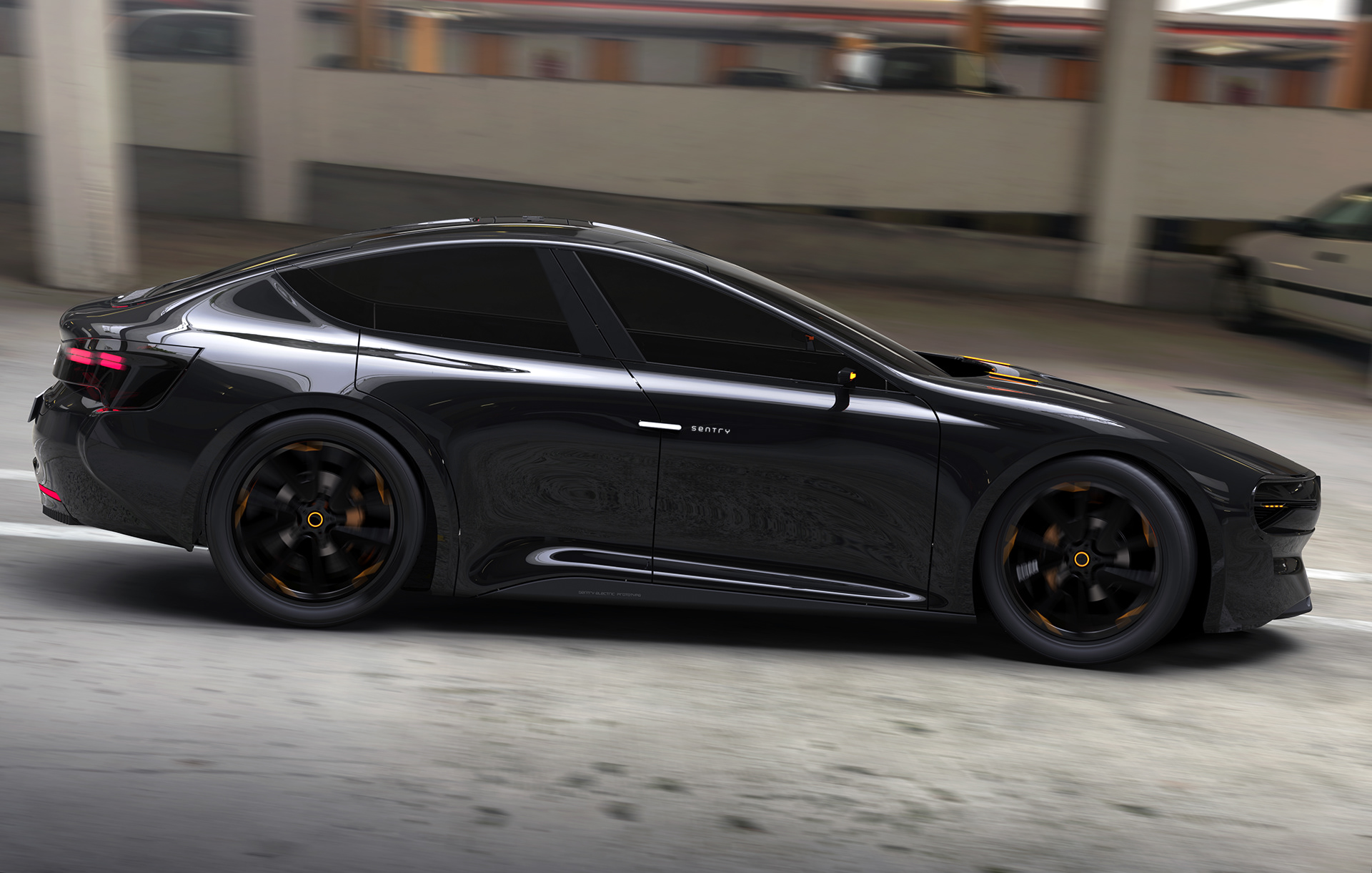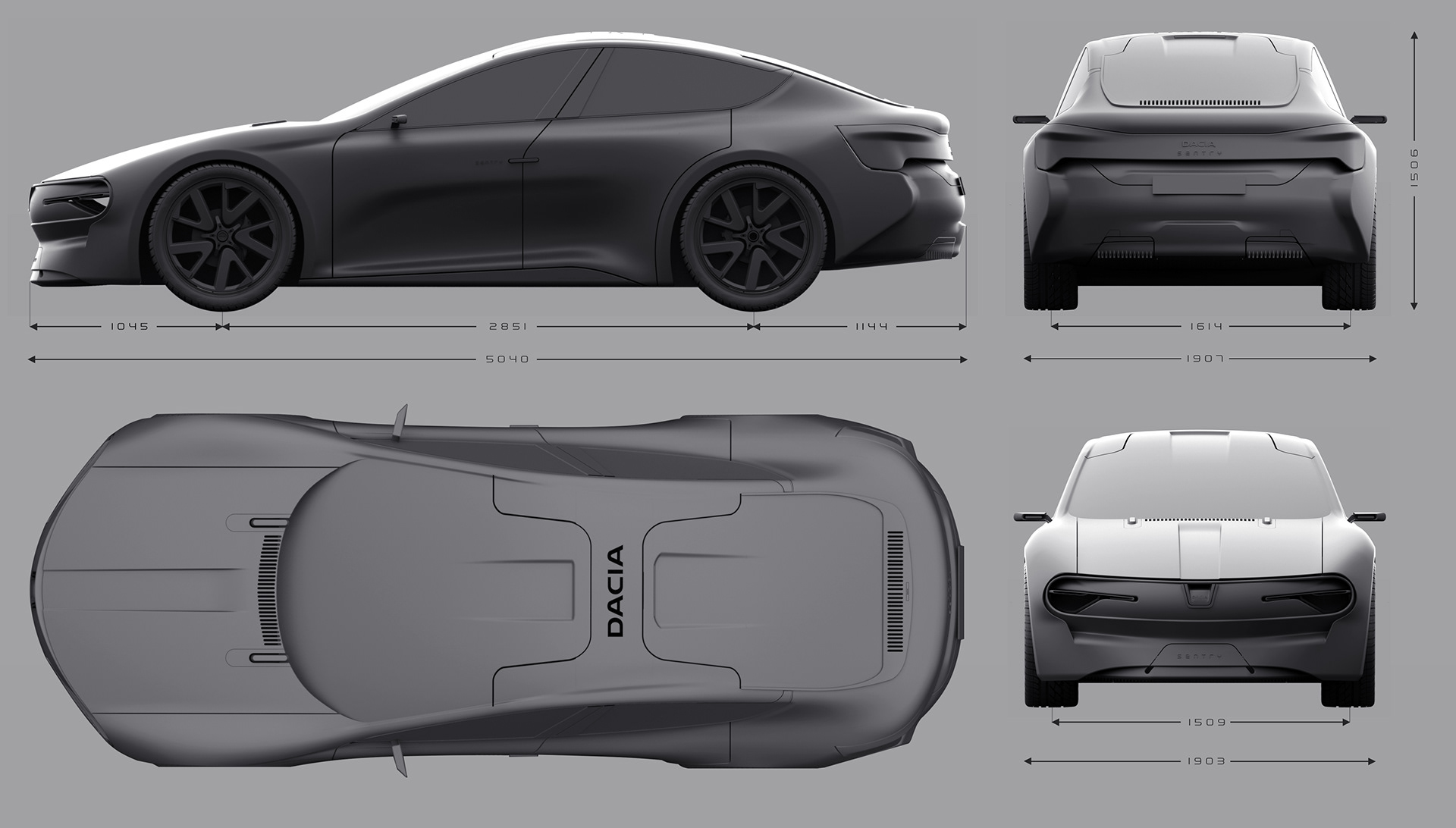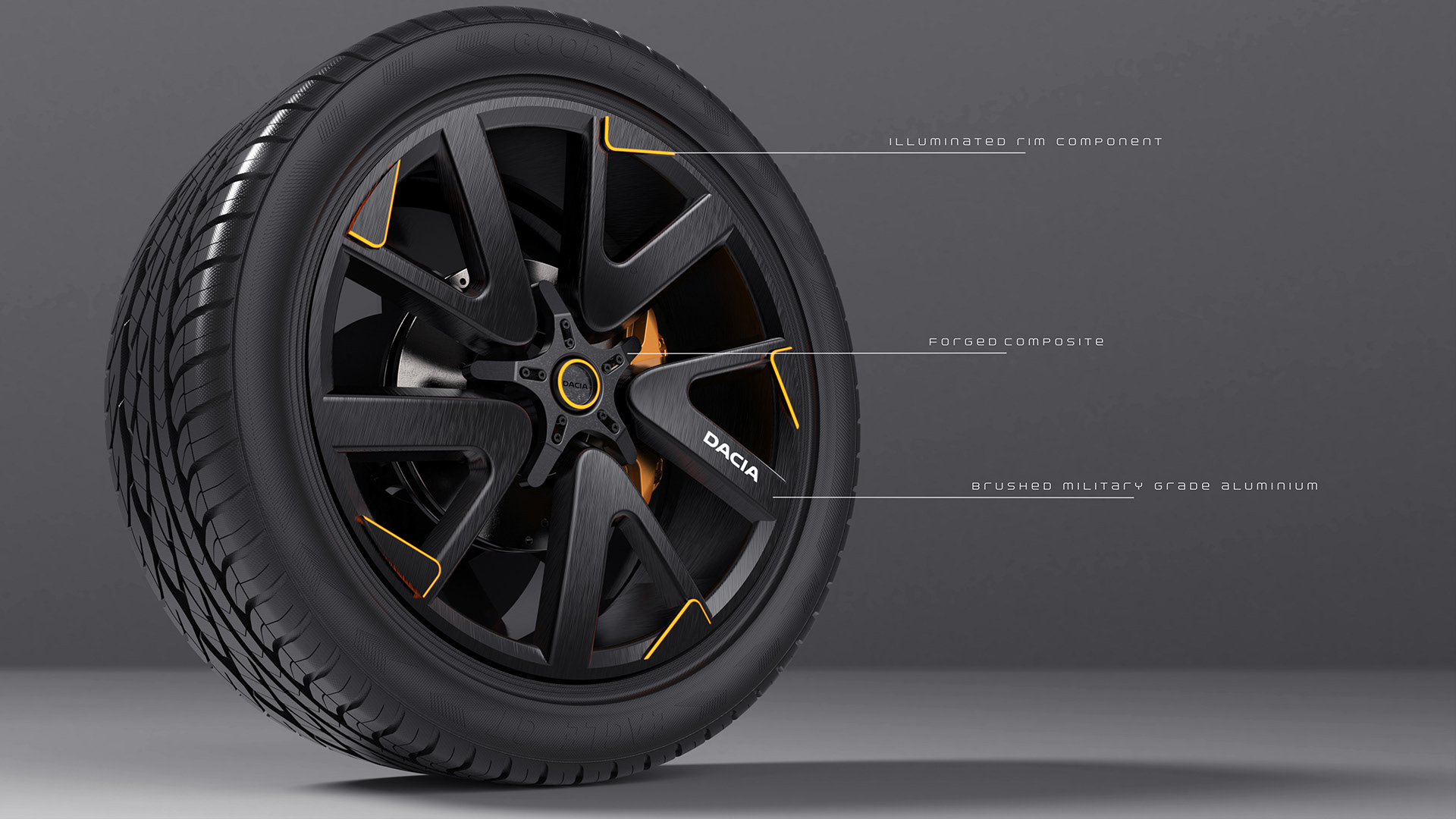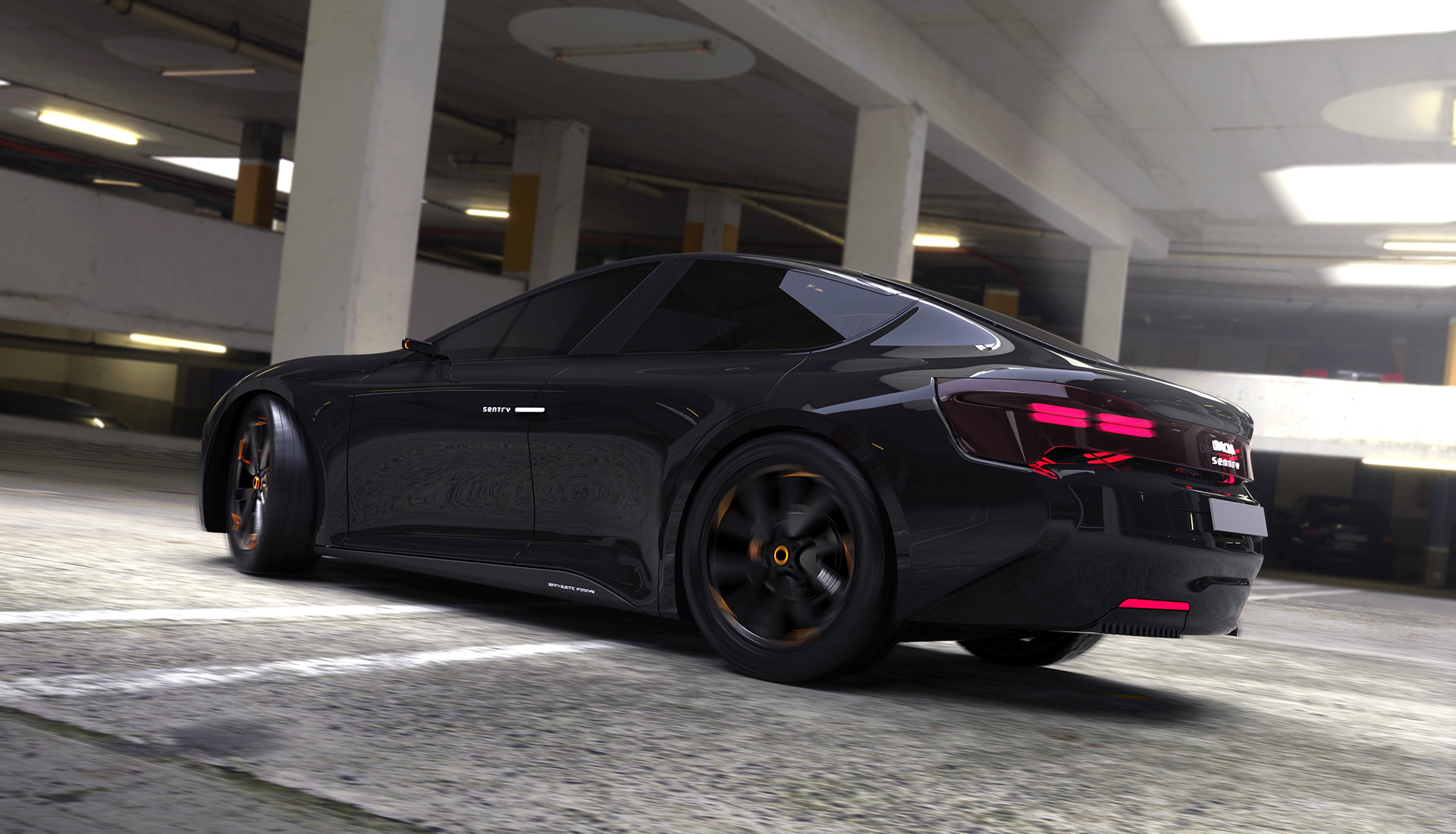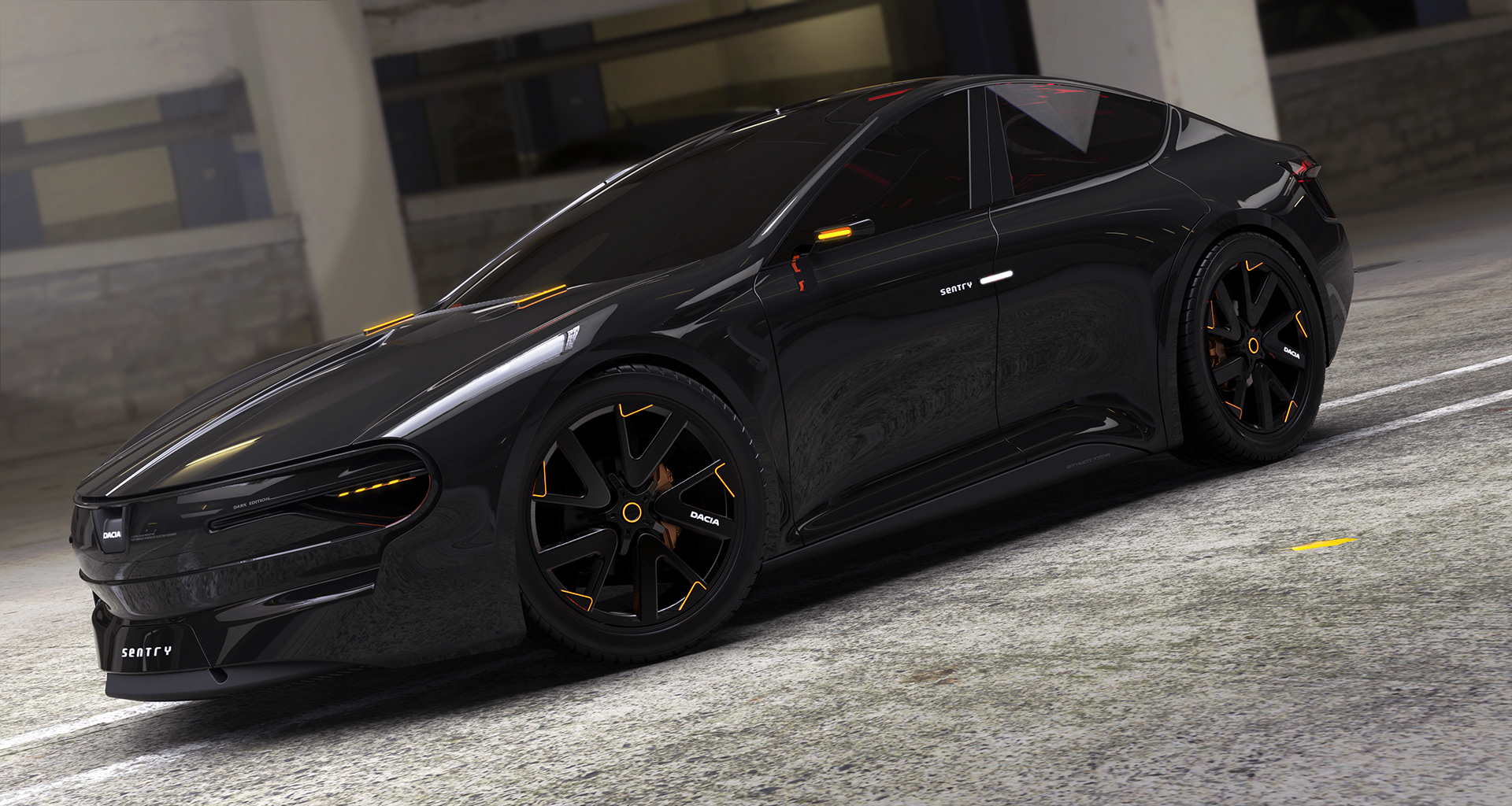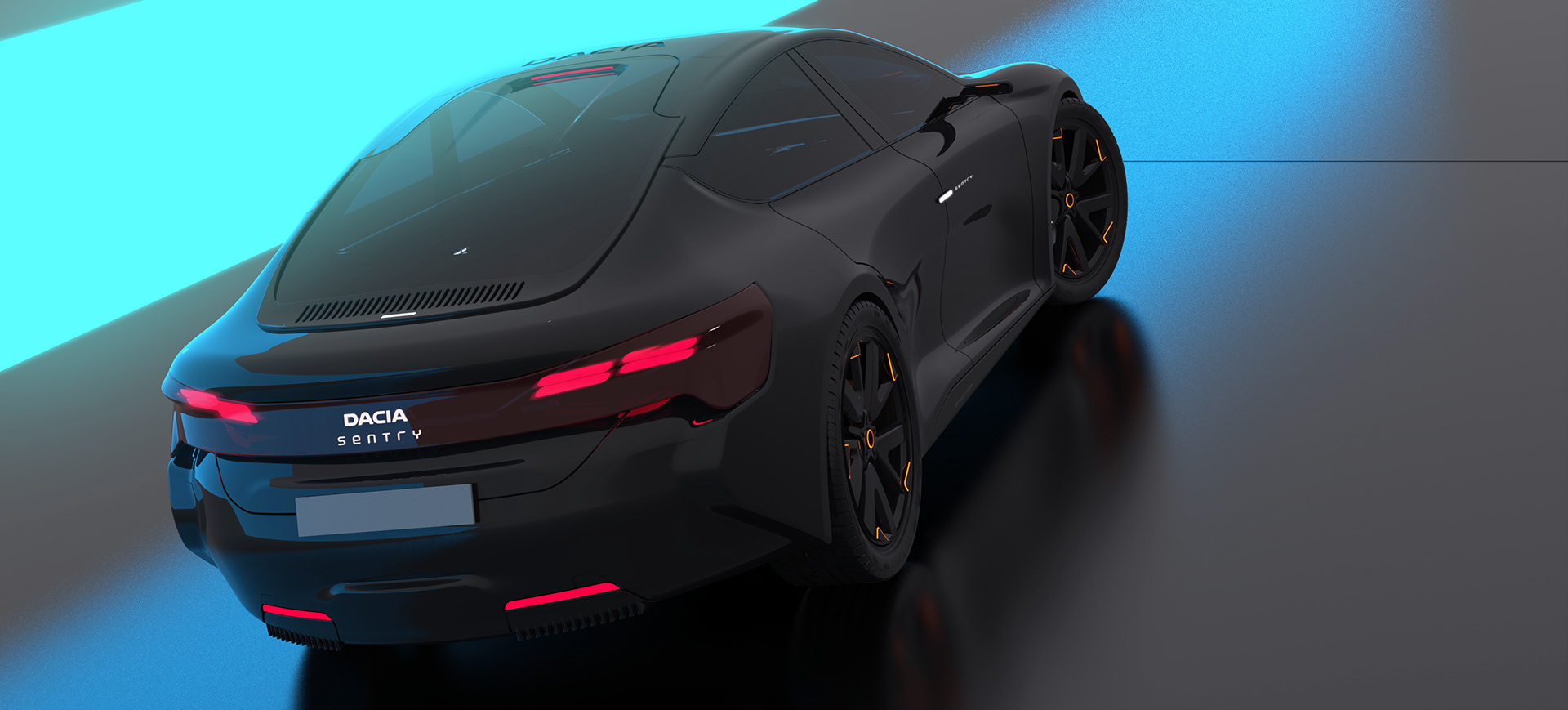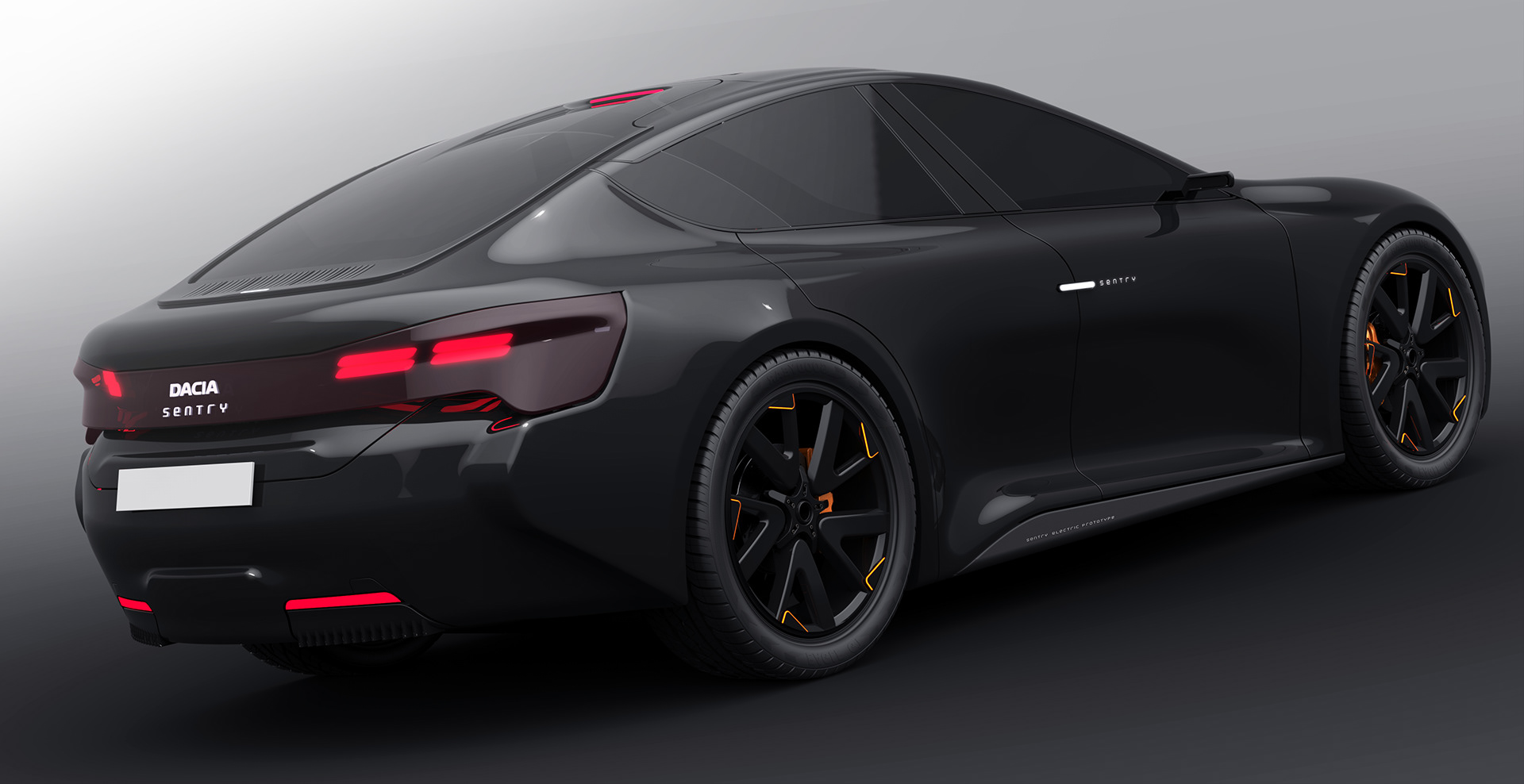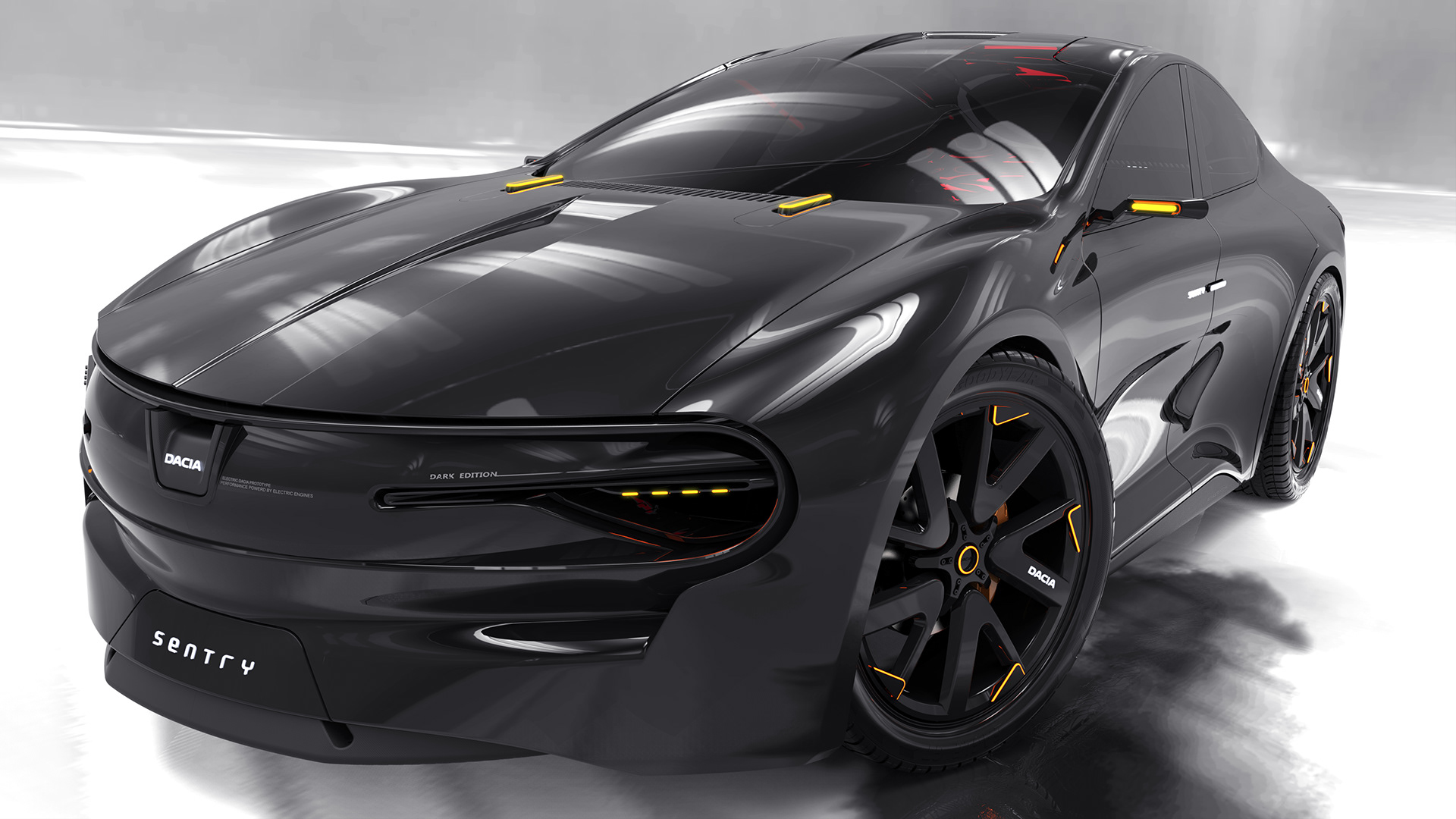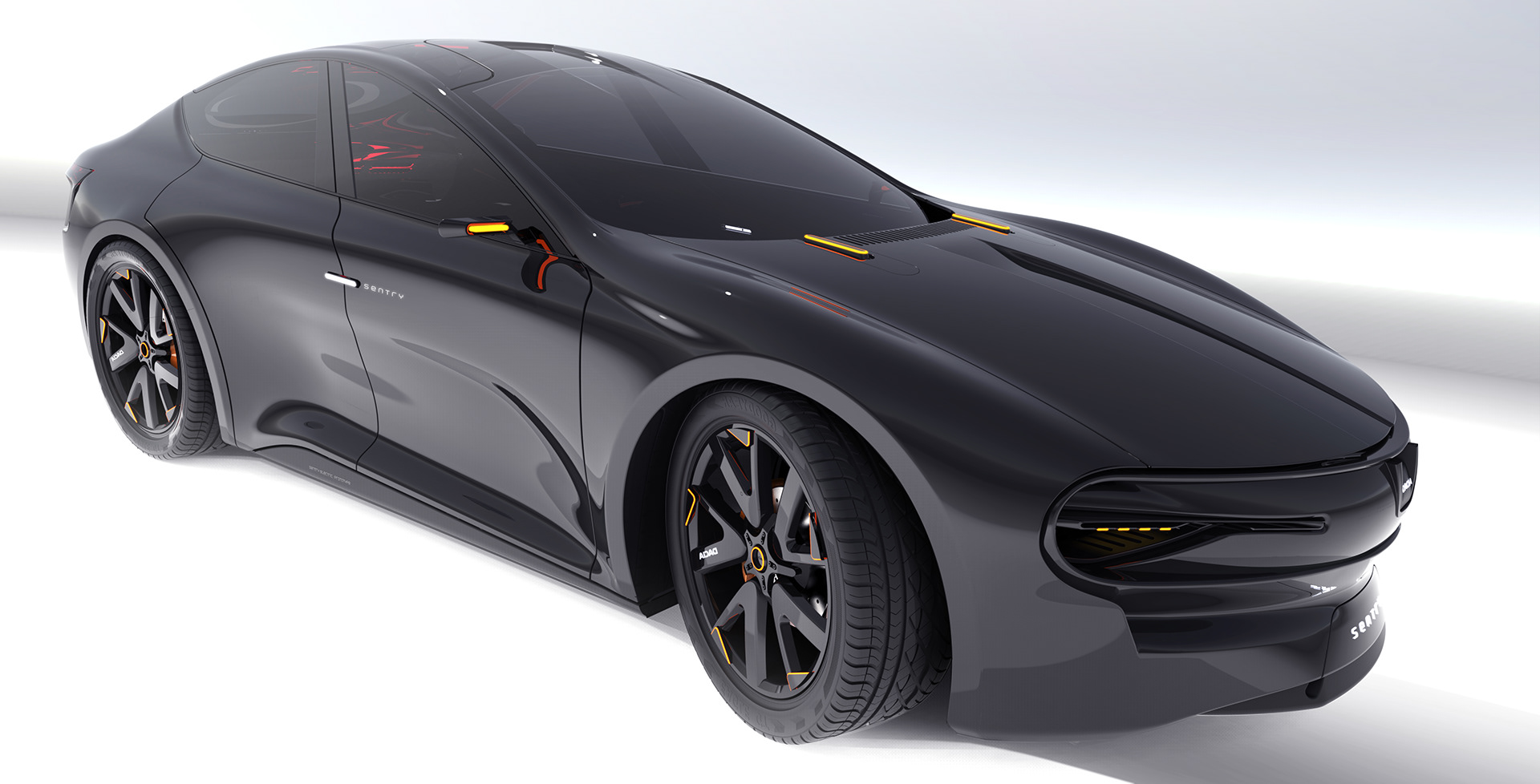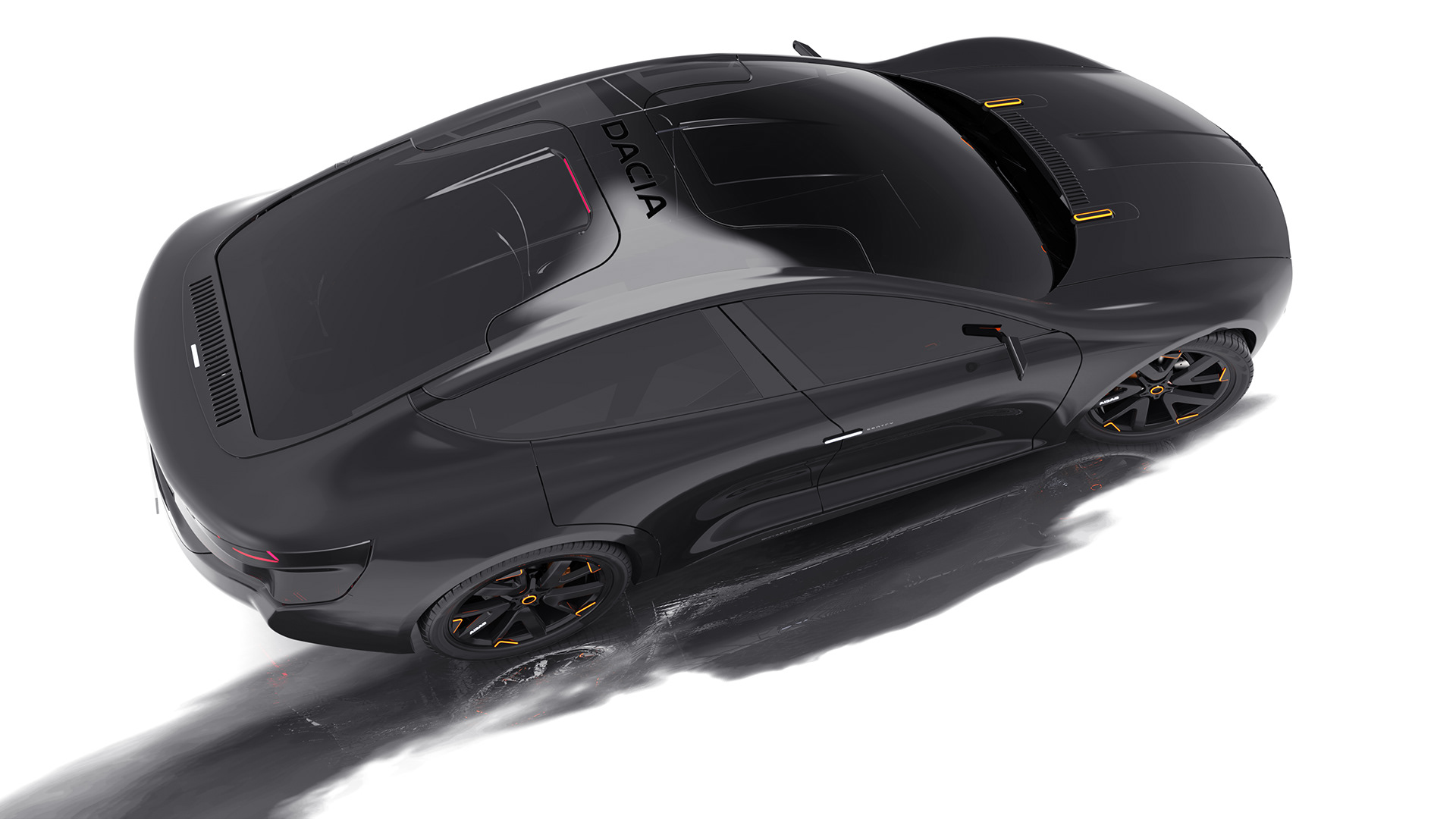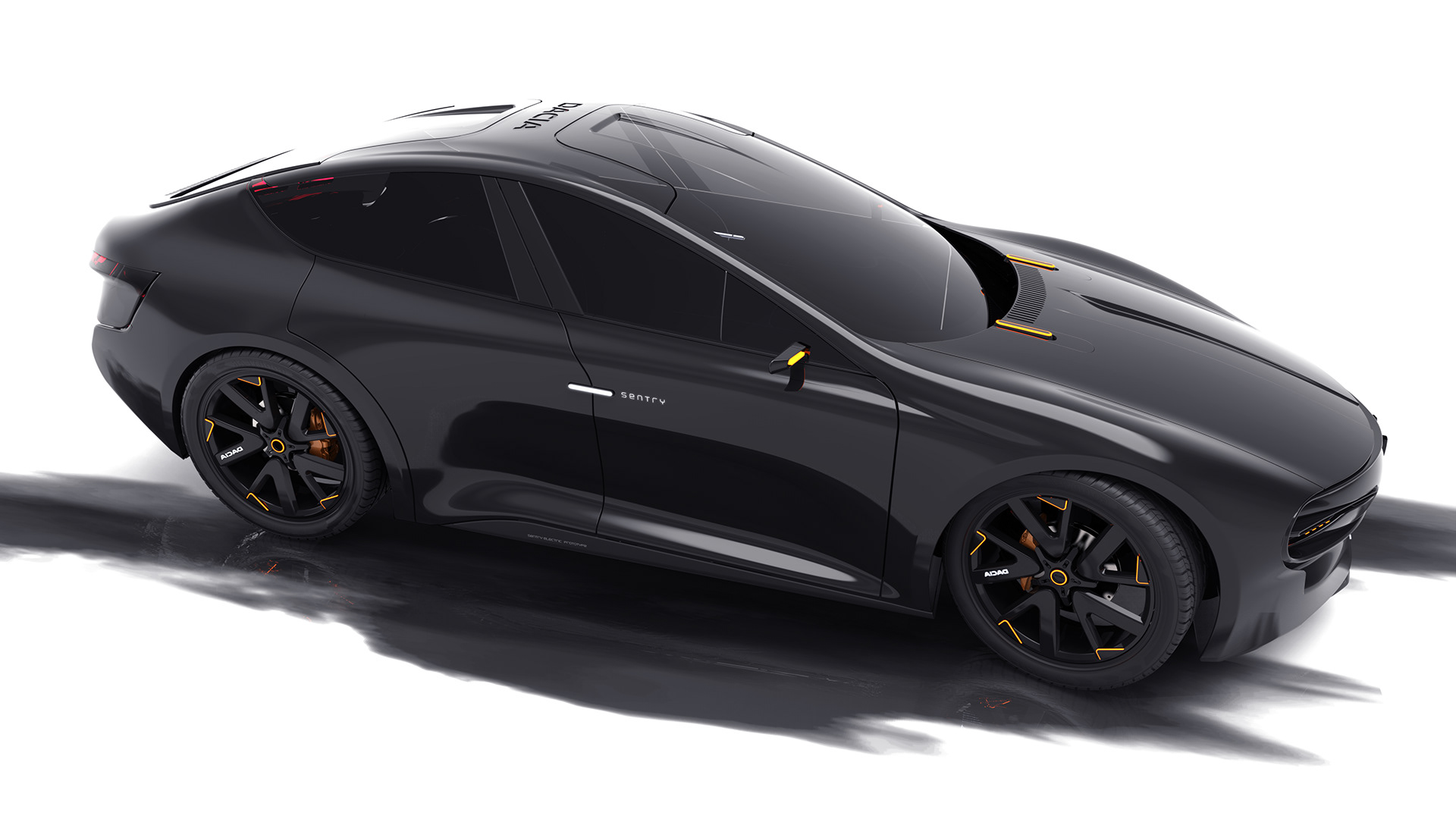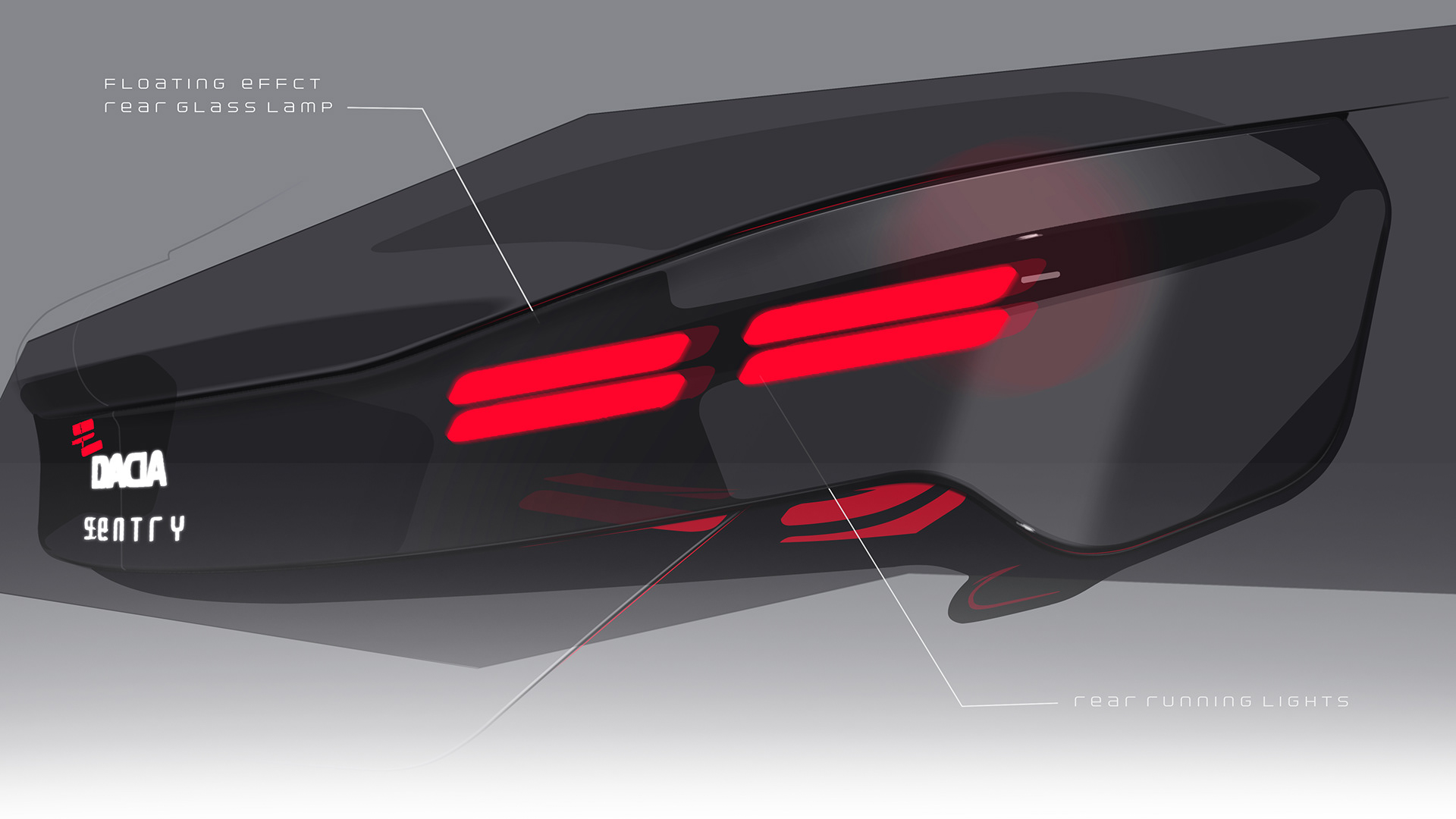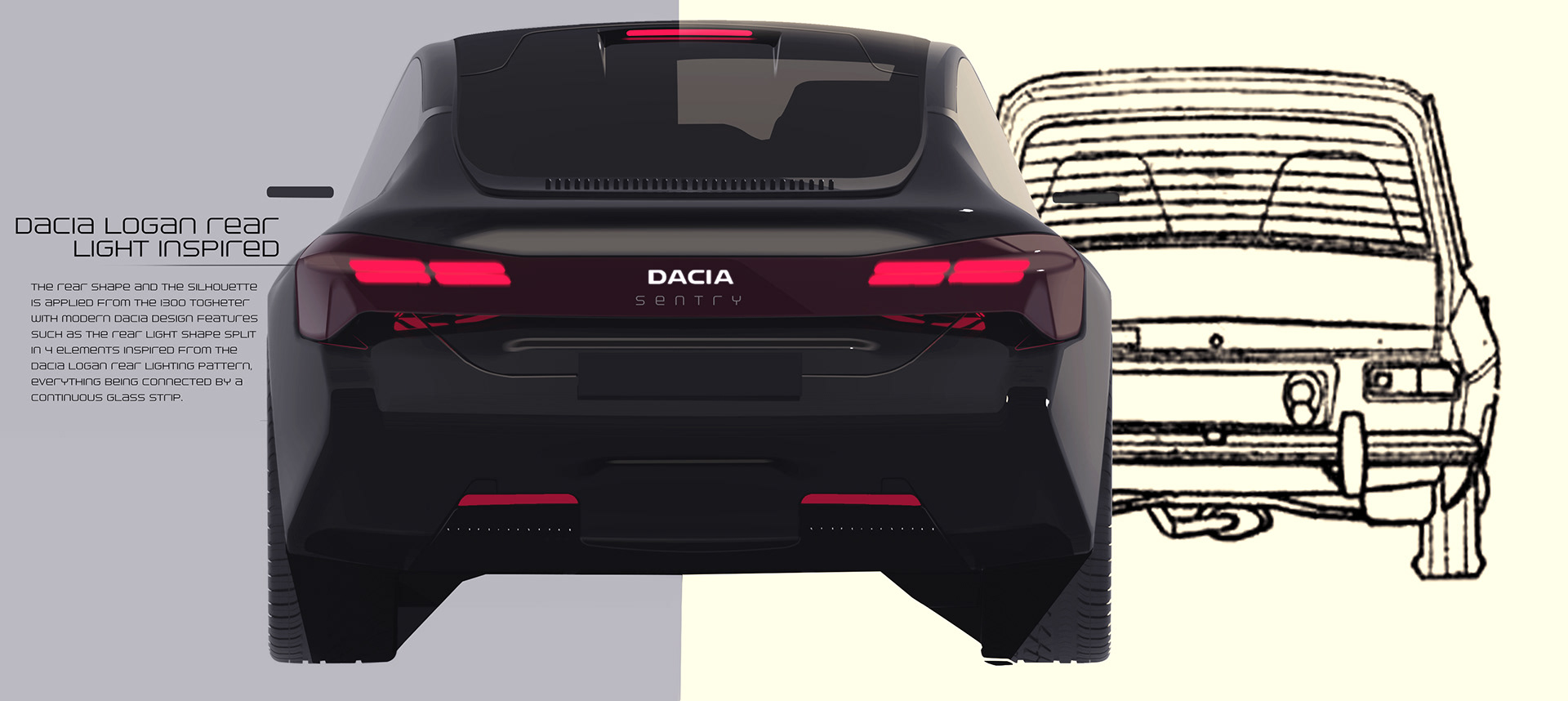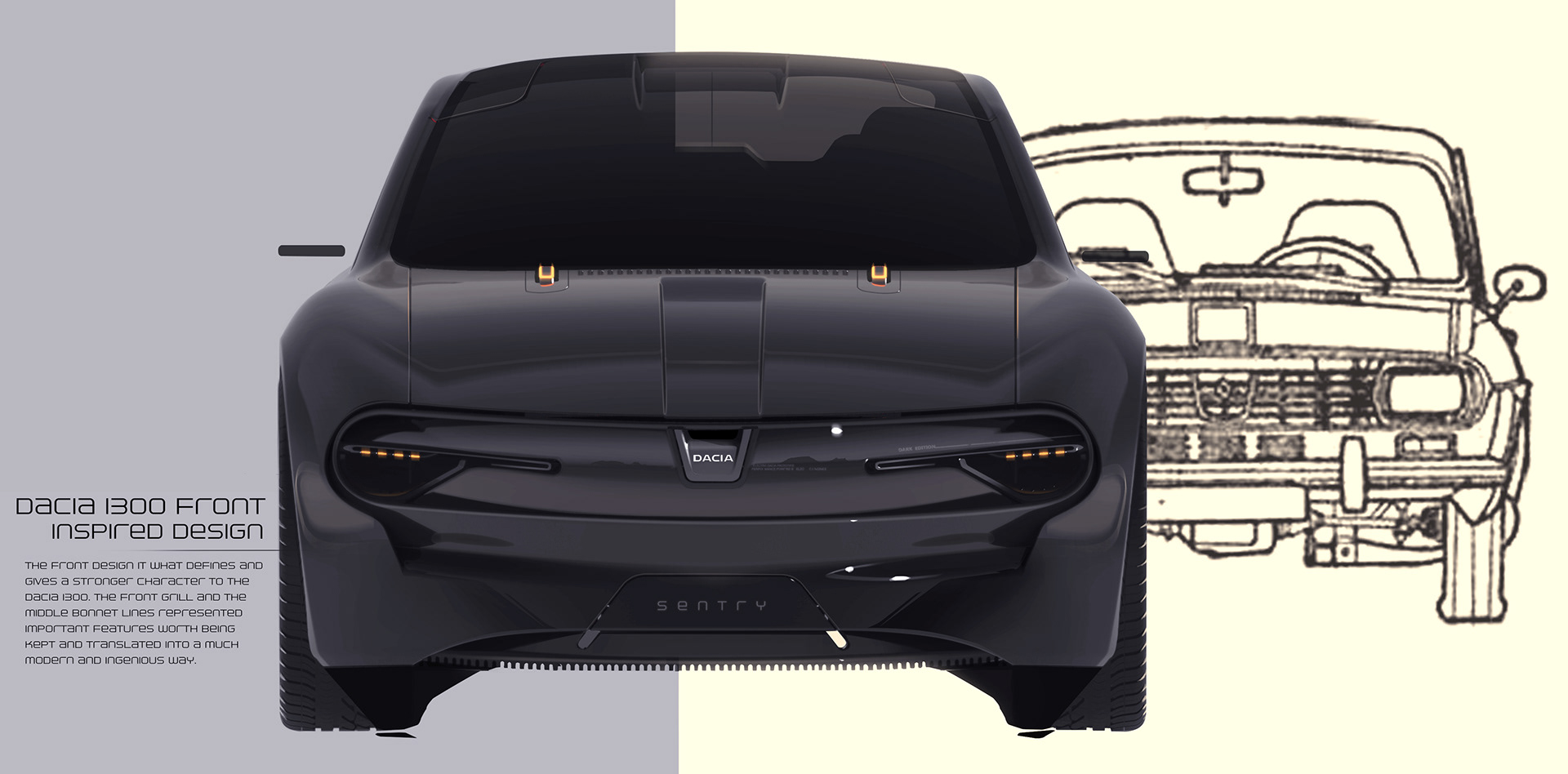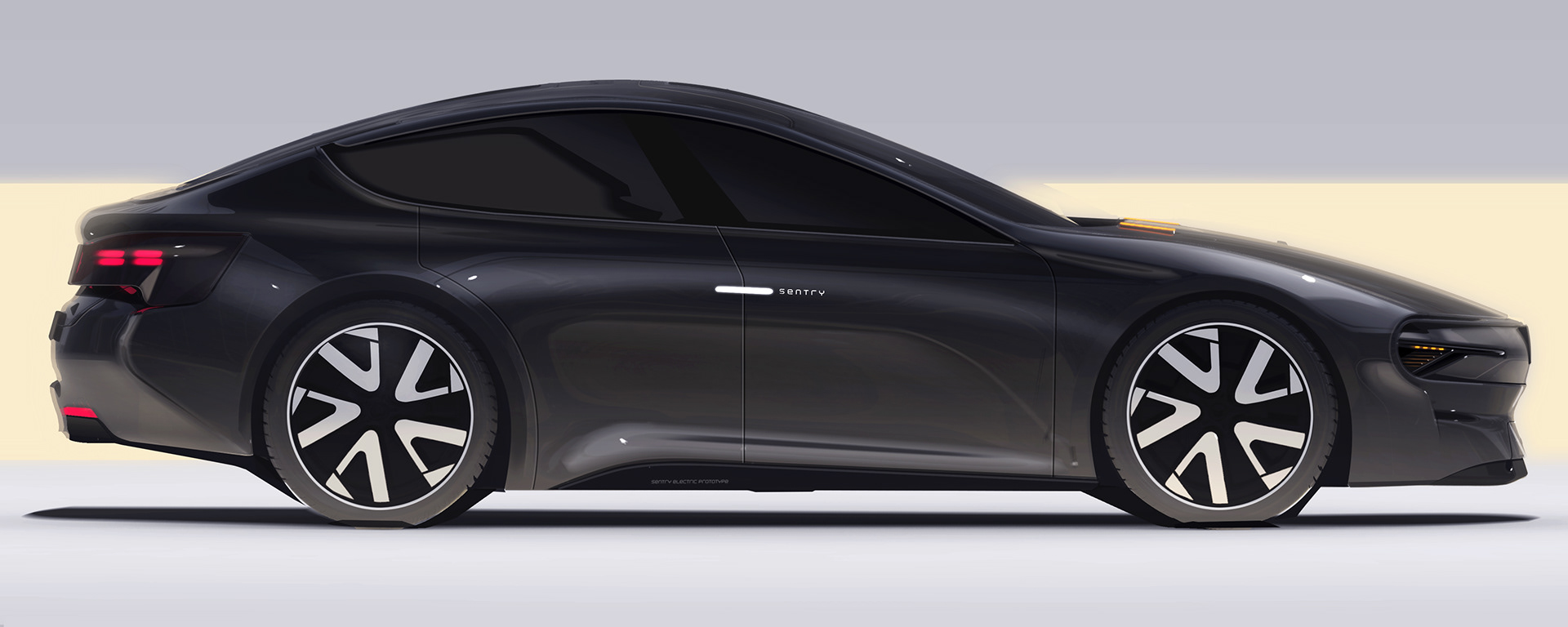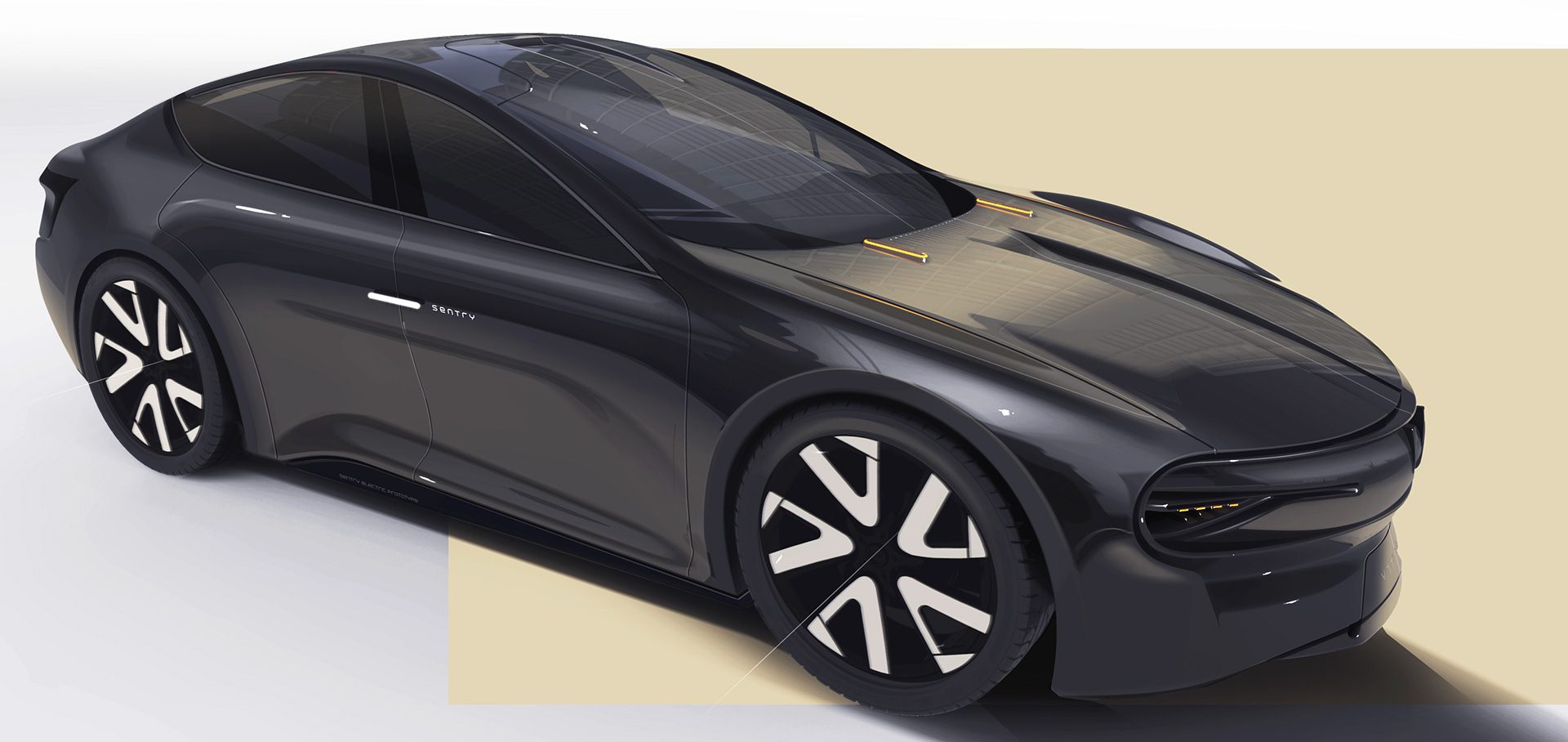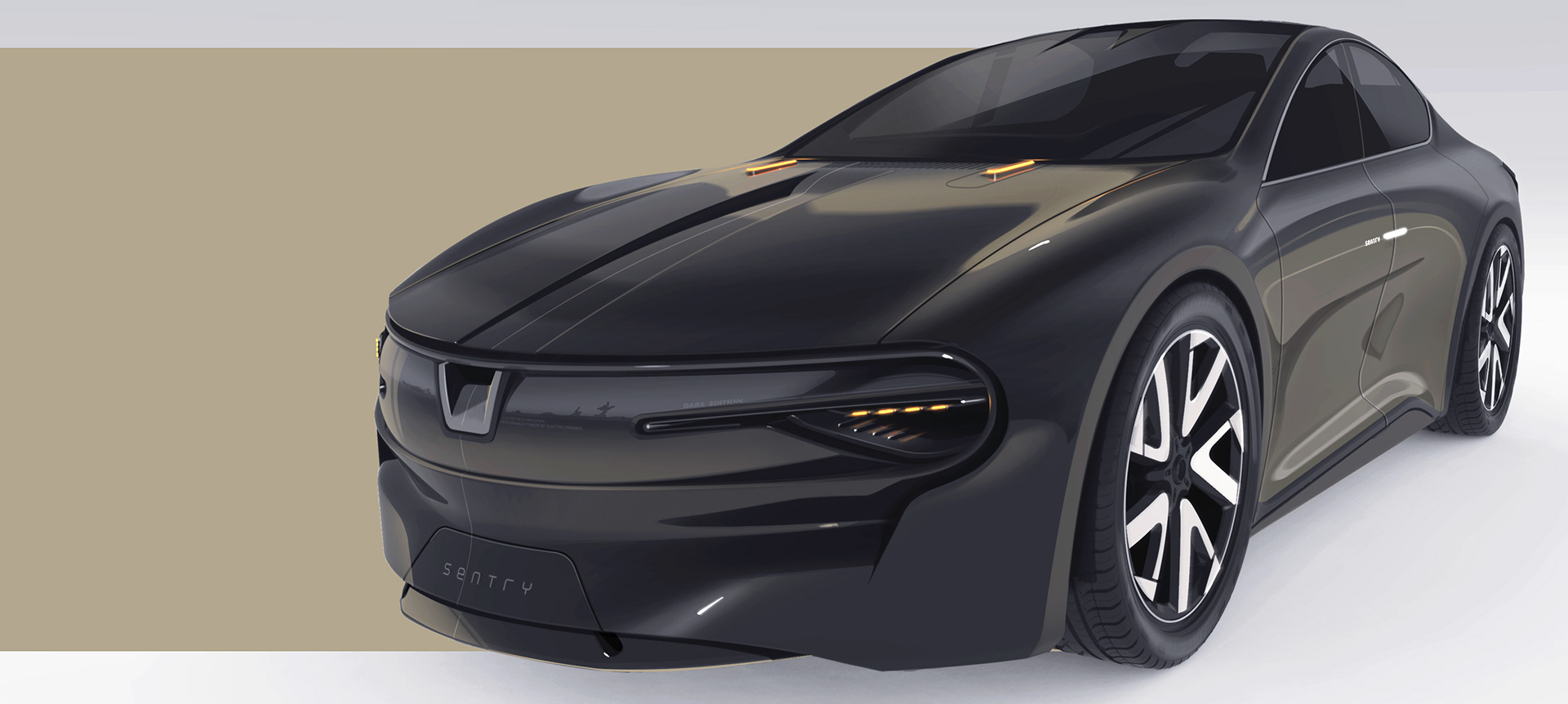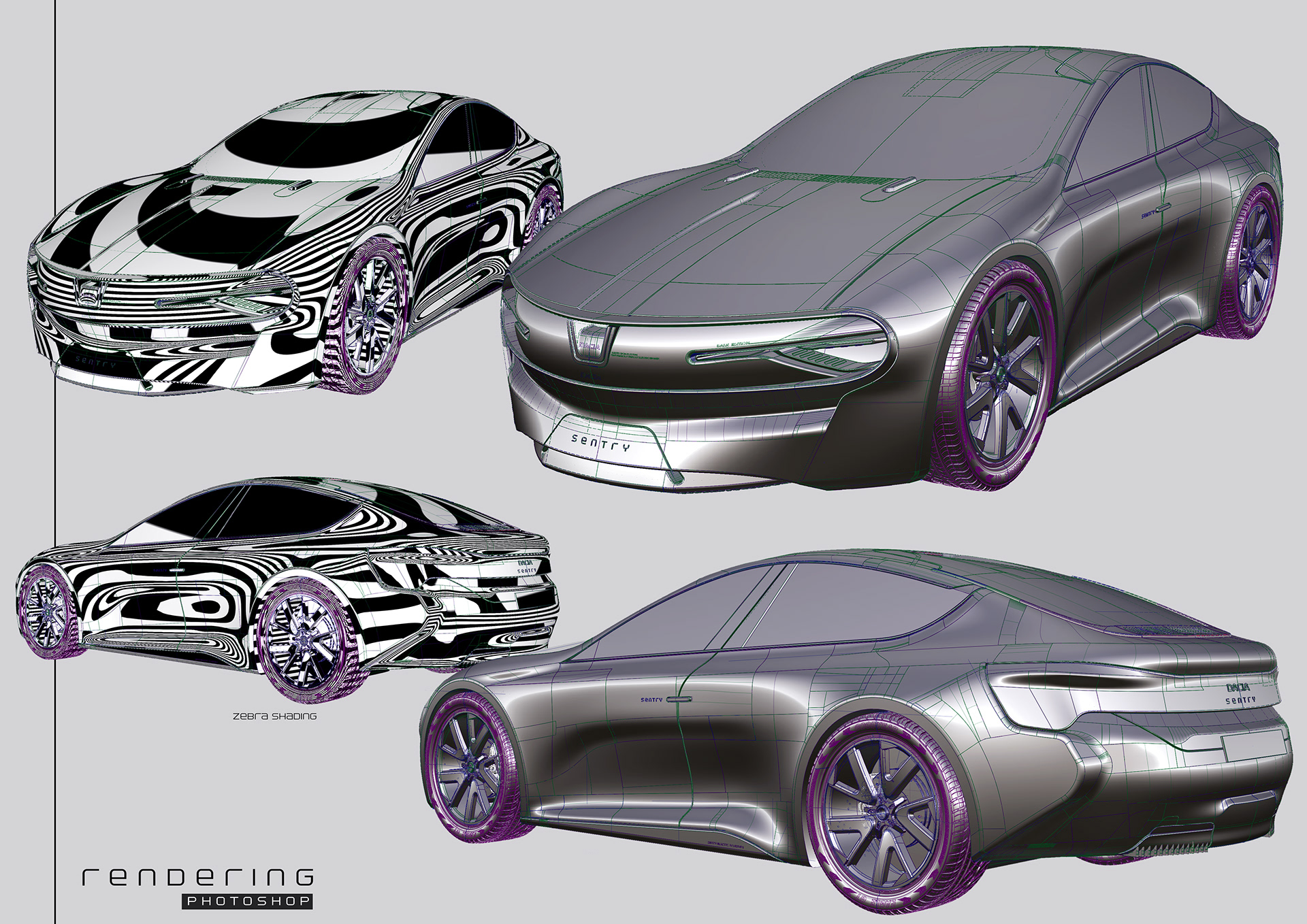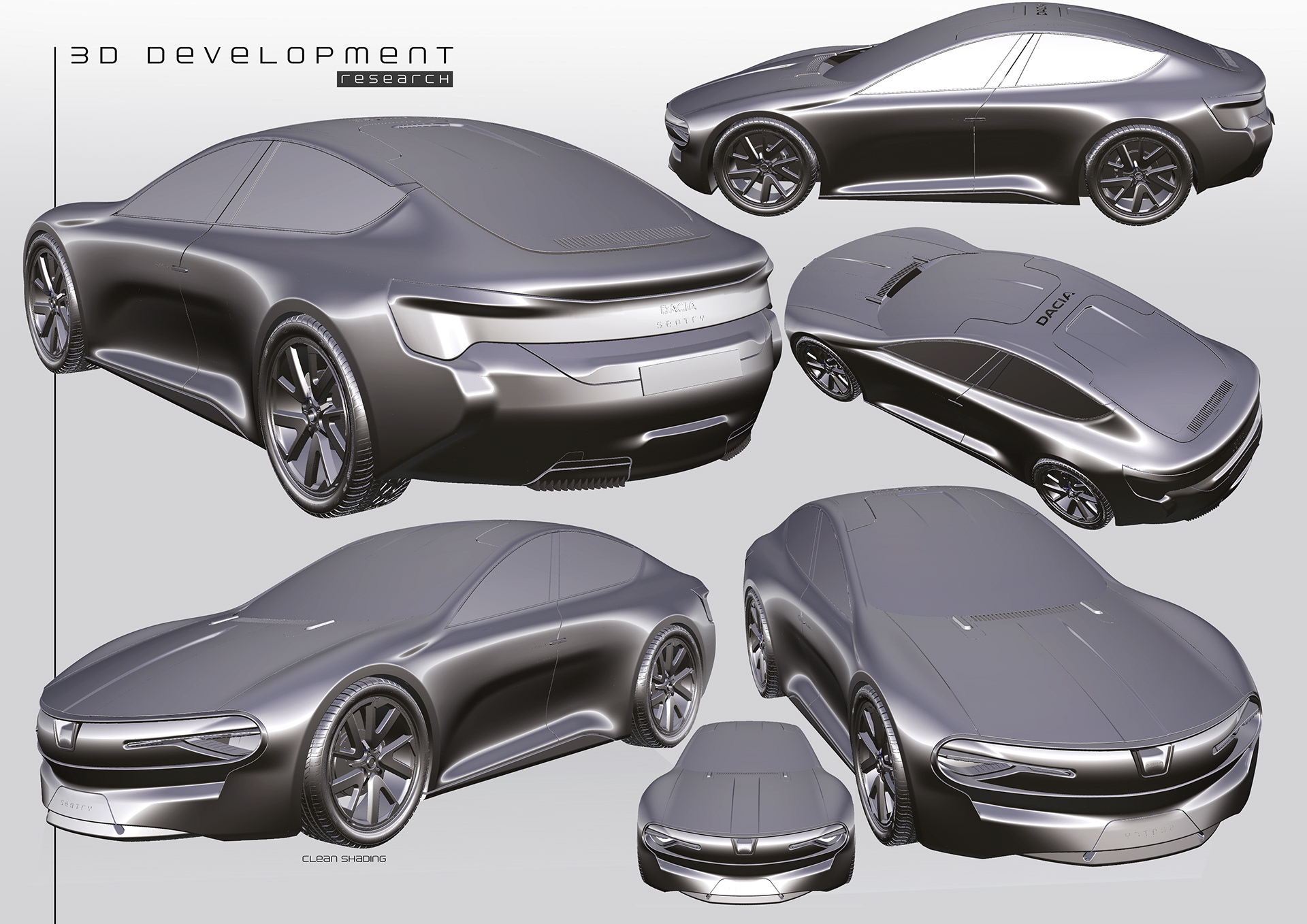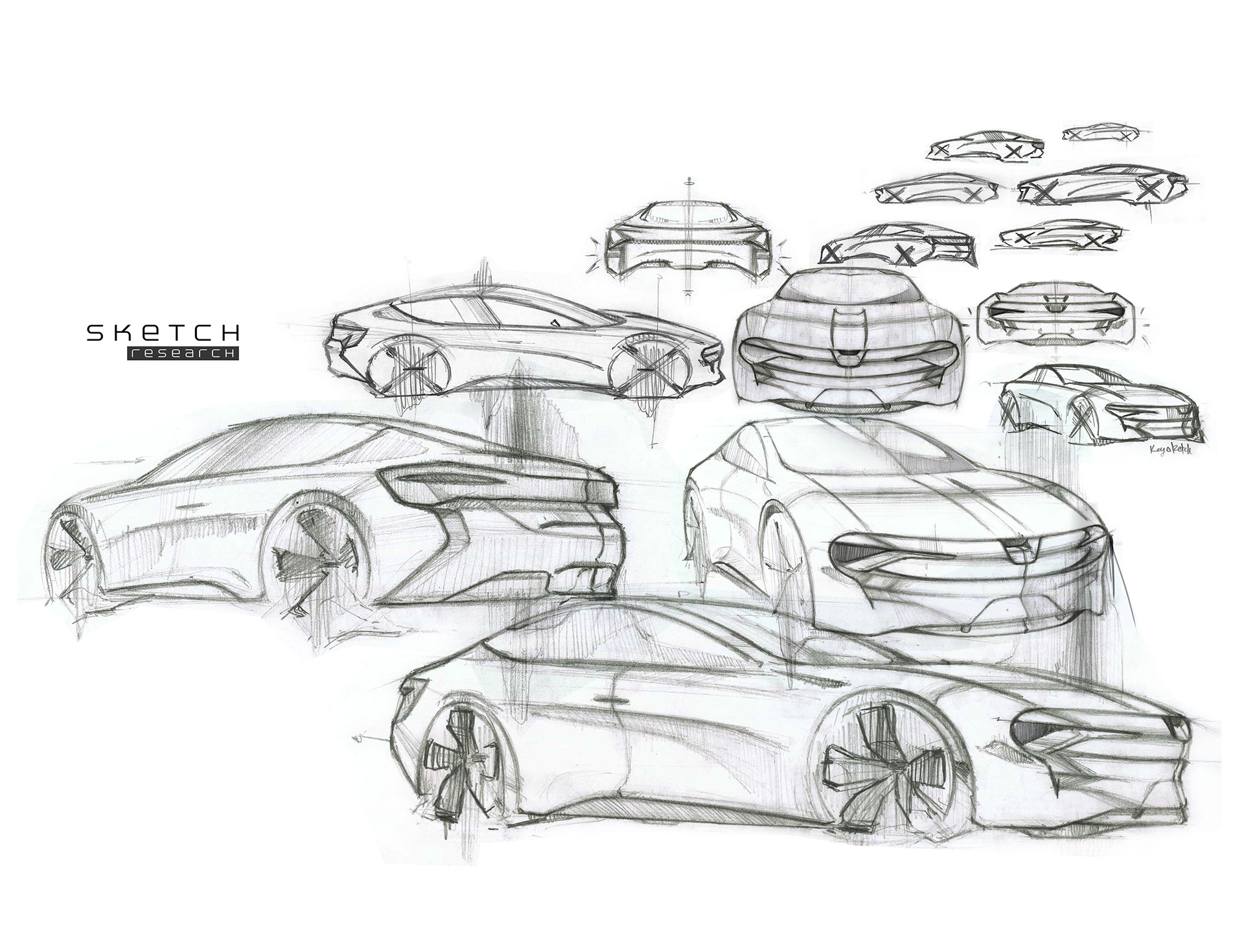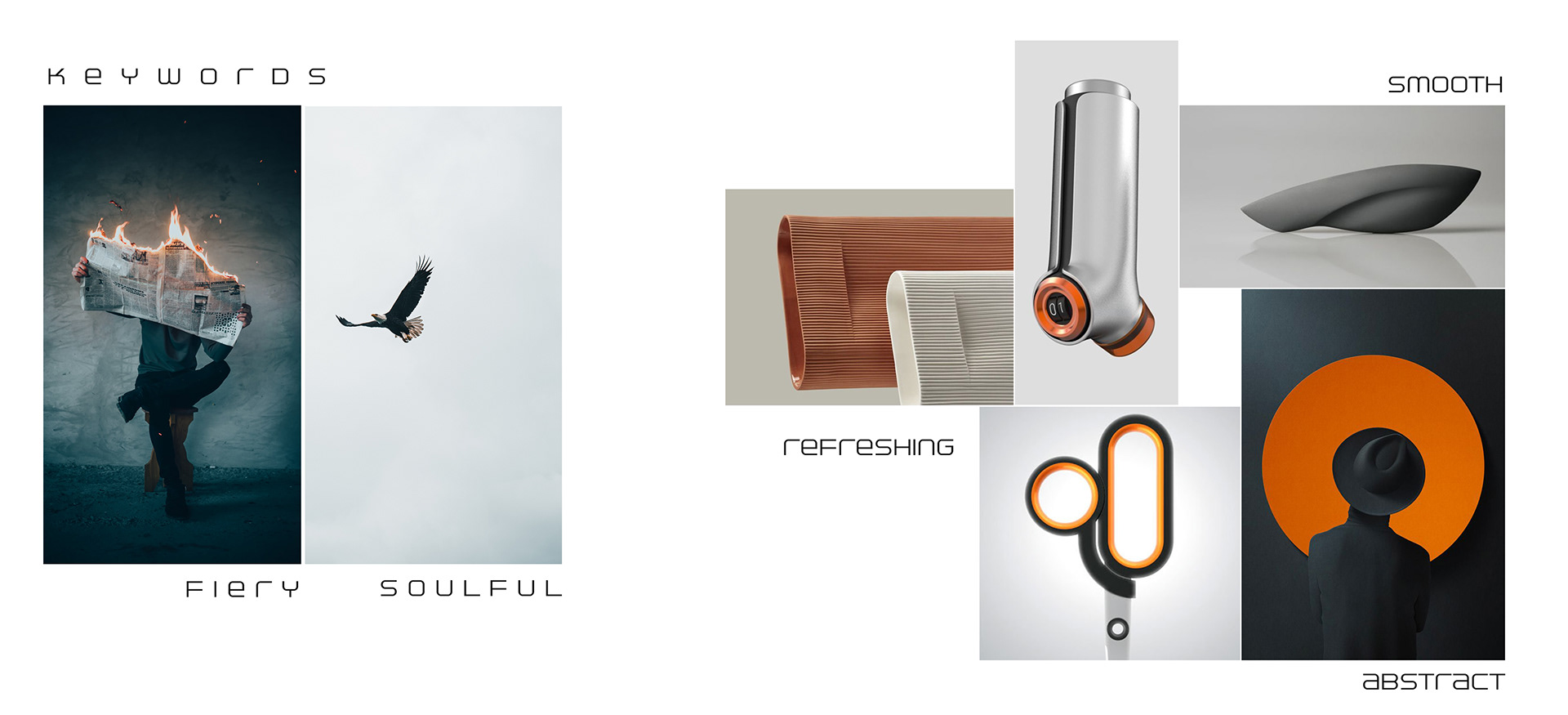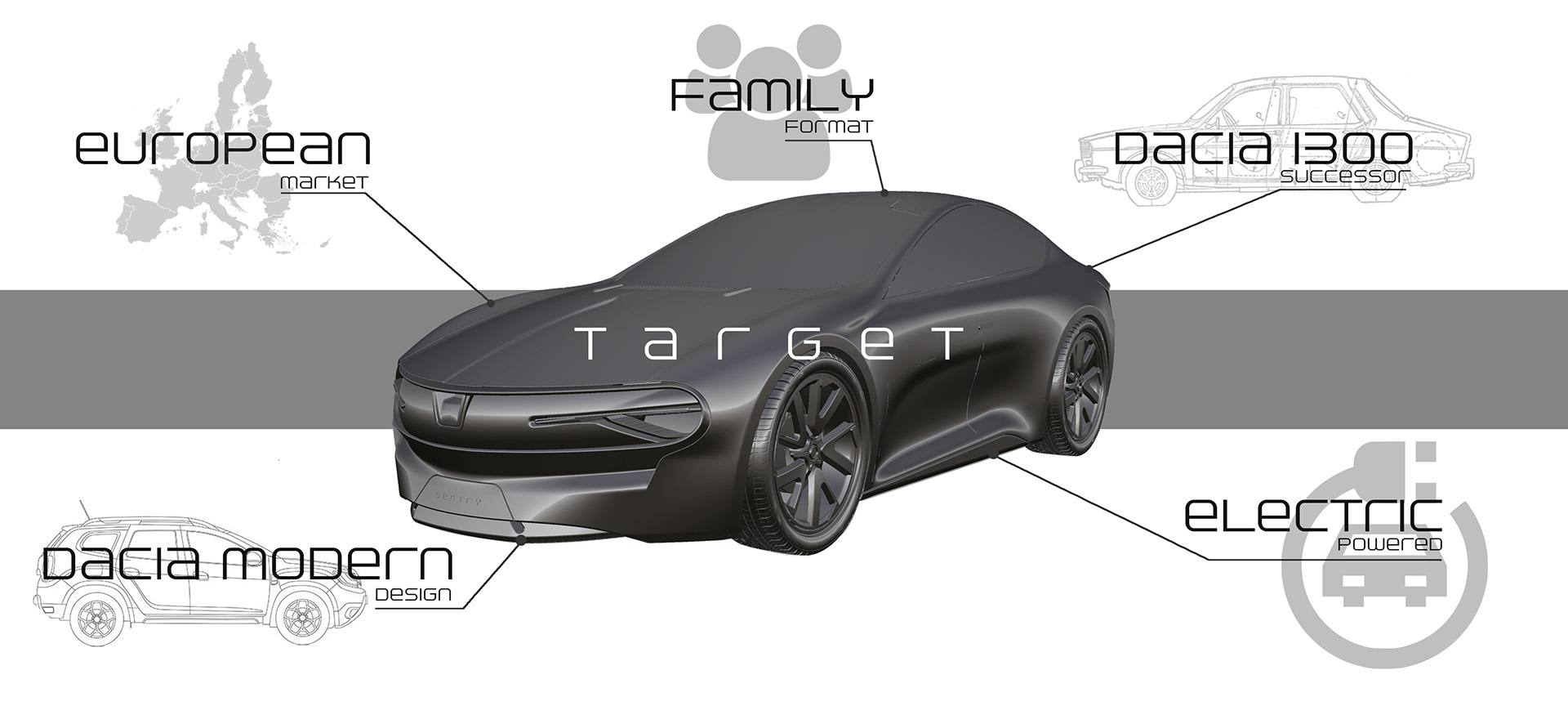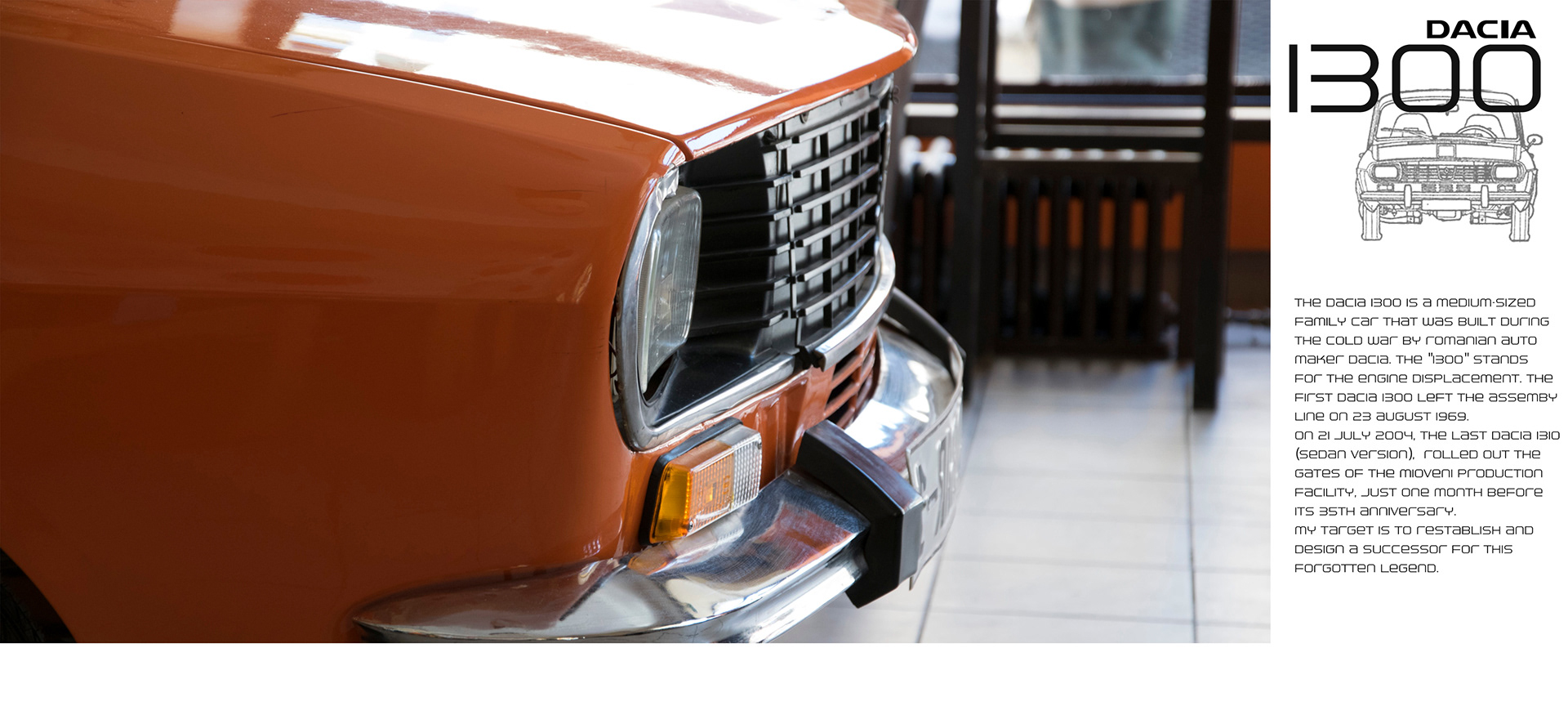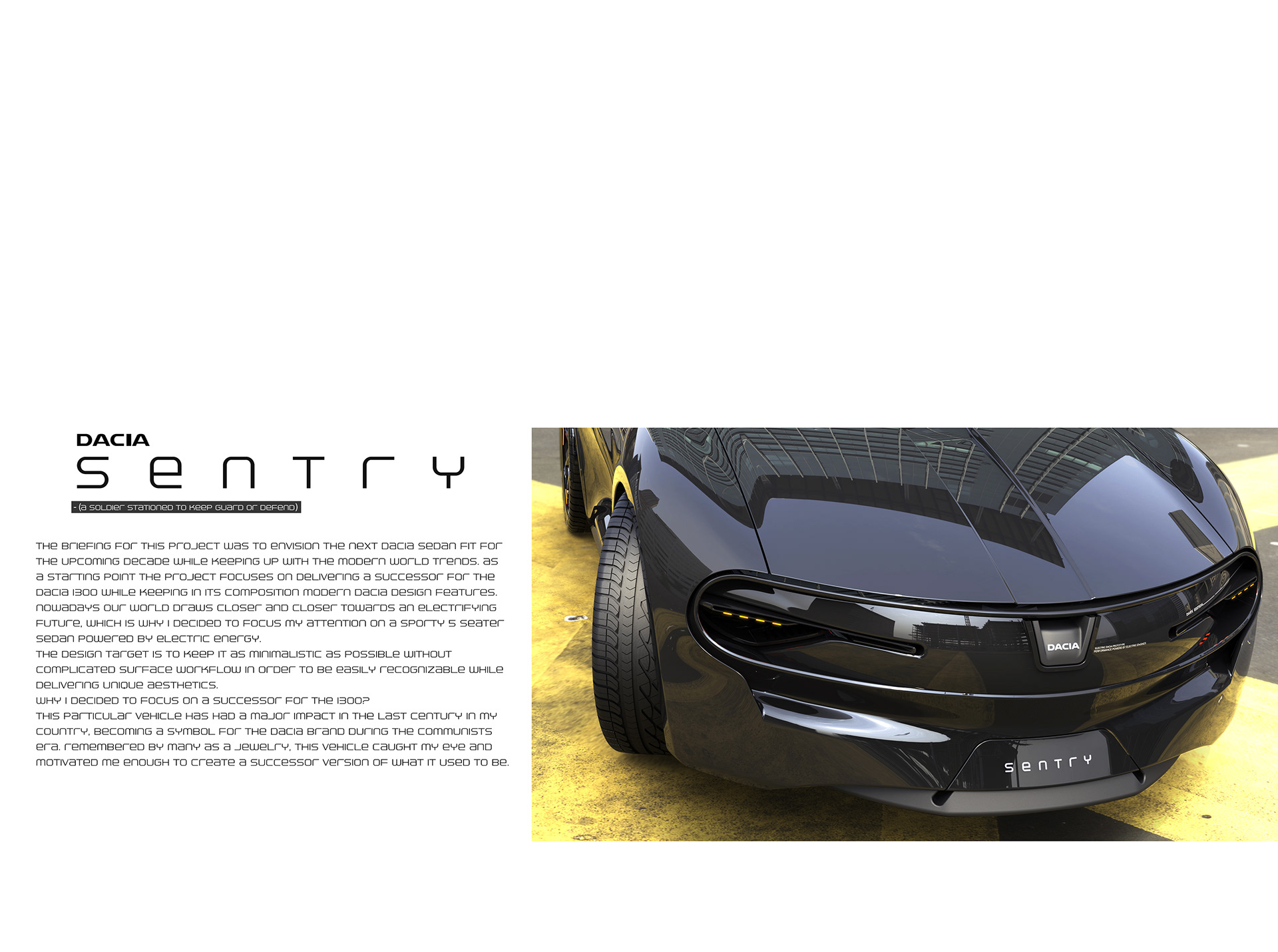Dacia doesn’t produce any particularly exciting or visually-appealing cars but that hasn’t stopped designer Ţicărat Alexandru-Călin from imagining what form a good-looking car from the Renault-group controlled Romanian brand could take.
The car has been dubbed the Dacia Sentry and has been created to envision the next Dacia sedan for the upcoming decade while also serving as a spiritual successor to the firm’s 1300 first introduced in 1969. In a way, as pointed out by Caranddriver.gr that did a piece on the study, it also resembles a smaller, and much cheaper, Porsche Taycan.
Read Also: Dacia Plugs Into The Future With 124-Mile Spring Electric Concept
Alexandru-Călin’s dream Dacia has been designed to sport an all-electric powertrain and would cater towards buyers across Europe. The overall shape of the Sentry makes it stand out from most, if not all, mainstream family sedans currently on the market. This is most apparent with the shape of the roof and the use of B-pillars that are aggressively angled towards the rear of the car.
One thing, or actually two things we’re not particularly fond of are the substantial front and rear overhangs that make it look very awkward from the profile, not to mention that the rear wheel wells would eat into the rear passenger compartment. The designer has imagined the Sentry to be 5,040mm (198.5 in.) long, 1,907mm (75.1 in.) wide and 1,506mm (59.3 in.) tall with a 2,851mm (112.2 in.) wheelbase. That means it’s a substantial 117mm (4.6 in.) longer than the Mercedes-Benz E-Class but rides on an 88mm (3.5 in.) shorter wheelbase – here, the math explains the awkward proportions.
Then there are the doors. Due to the steeply raked windshield and the angled B-pillars, the front doors appear very small. Similarly, the rear doors are quite compact and are actually suicide doors to allow for easy ingress and egress for passengers.
See Also: McLaren Bruce Study By Professional Car Designer Would Be The Perfect F1 Successor
As the car doesn’t need to meet any safety standards, it makes do with a pair of ultra-thin headlights and LED daytime running lights. Other key design highlights of the car include an all-glass roof, LED taillights and secondary brake lights on the rear bumper.
Note: This is an independent illustration designed by Ţicărat Alexandru-Călin and is not associated with or endorsed by Dacia







